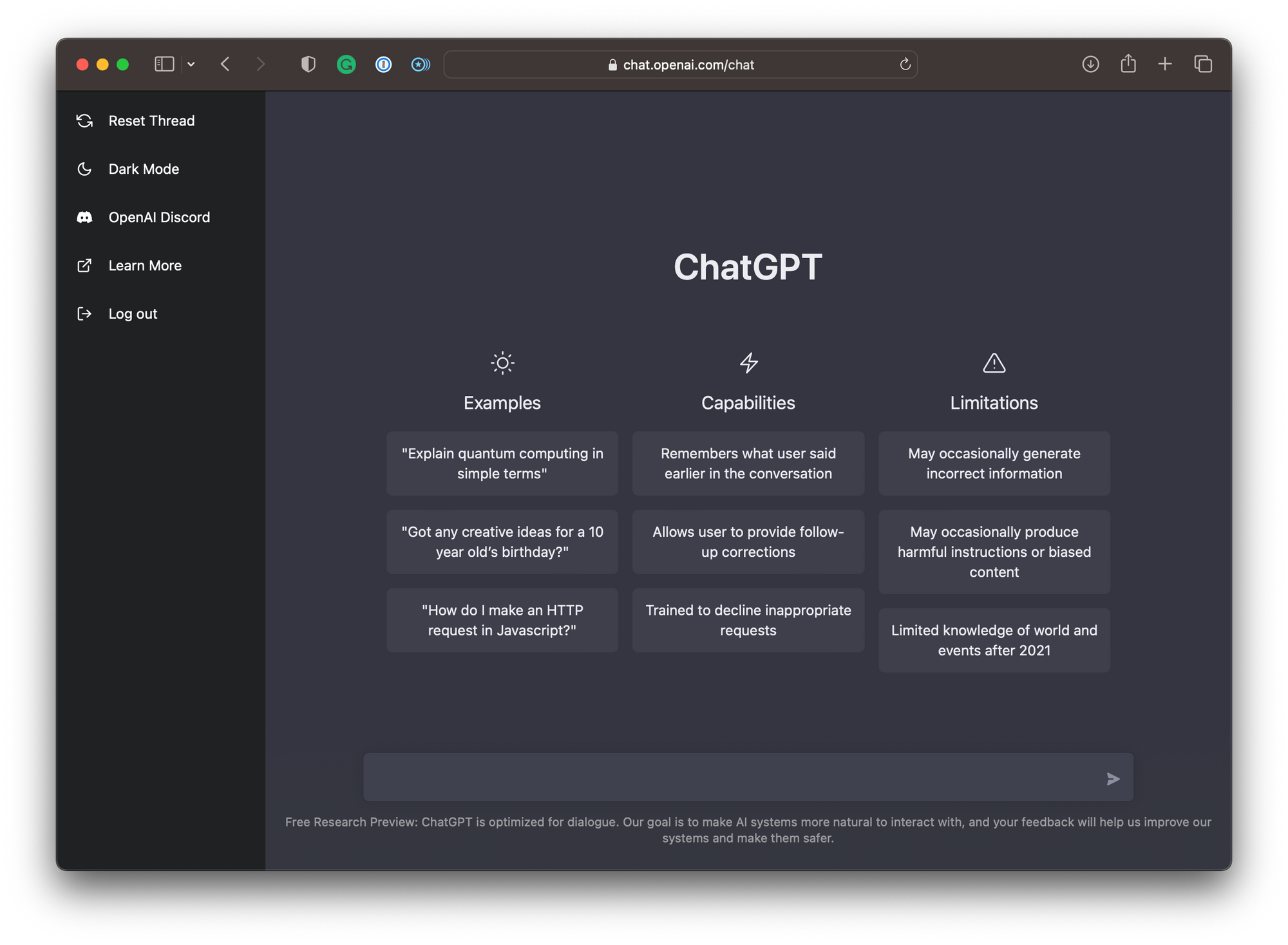ChatGPT stands out as a groundbreaking tool developed by OpenAI. Launched in November 2022, ChatGPT has transformed how individuals and businesses interact with AI, offering conversational assistance that mimics human-like dialogue. What began as an experimental chatbot has evolved into a sophisticated AI assistant, powered by increasingly advanced language models. As of November 2025, ChatGPT leverages GPT-5.1, an upgrade that enhances its intelligence, multimodality, and customization options. This progression raises the question: Is ChatGPT truly providing smarter AI assistance? Through its features, applications, and ongoing improvements, the answer appears to be a resounding yes.
https://openai.com/index/chatgpt/ hi core strength lies in its ability to engage in natural, context-aware conversations. Unlike traditional search engines or rigid virtual assistants, it remembers previous exchanges within a session, allowing for seamless follow-ups. For instance, a user can start by asking about quantum physics and then refine the query with “Explain that in simpler terms,” receiving tailored responses. This conversational depth stems from OpenAI’s use of reinforcement learning from human feedback (RLHF), a technique that fine-tunes the model based on ranked human preferences to produce more helpful and accurate outputs.

Over the years, OpenAI has iterated on ChatGPT’s underlying models. Initially built on GPT-3.5, it progressed to GPT-4, introducing multimodal capabilities like image analysis and voice interactions. By 2025, GPT-5 has taken center stage, succeeding GPT-4o with enhancements in multimodality, code execution, and reasoning stability—doubling the latter for more reliable problem-solving. The recent rollout of GPT-5.1 further refines this, making ChatGPT even more conversational and customizable. Users can now apply personality traits and custom instructions across all chats, a feature updated on November 7, 2025. This means you can instruct ChatGPT to respond as a witty historian or a strict code reviewer, persisting these settings universally.
One of the key ways ChatGPT delivers smarter assistance is through its integration of advanced features. Multimodality allows it to process text, images, audio, and even generate visuals. For example, in the beta Android app, a new “ImageGen” watermark feature hints at improved image generation capabilities. This is particularly useful for creative tasks, such as designing logos or analyzing photos. Additionally, the introduction of apps in ChatGPT, announced in October 2025 and now in preview for business, enterprise, and education users, enables seamless integrations with third-party tools. Imagine connecting ChatGPT to your calendar for scheduling or to a database for real-time queries—turning it into a personalized productivity hub.

In terms of accessibility, ChatGPT offers tiered pricing to cater to different needs. The free version provides basic access to GPT-5.1, while paid plans like ChatGPT Plus ($20/month) unlock faster responses, higher usage limits, and priority access to new features. Enterprise editions support team collaborations and data privacy. This structure ensures that smarter AI assistance is available to everyone, from students brainstorming essays to developers debugging code.
The applications of ChatGPT span numerous domains, underscoring its “smarter” evolution. In education, it serves as a tutor, explaining complex concepts like calculus or history with step-by-step breakdowns. Professionals use it for content creation, generating articles, emails, or marketing copy with minimal input. In coding, ChatGPT excels at writing, reviewing, and optimizing code across languages like Python or JavaScript, often identifying bugs that humans might overlook. Its improved reasoning in GPT-5 allows for better handling of logical puzzles, simulations, and strategic planning, such as optimizing business strategies or simulating market scenarios.
Healthcare and research also benefit. ChatGPT can summarize medical literature, suggest hypotheses, or even assist in patient education by translating jargon into layman’s terms. However, it’s crucial to note limitations—ChatGPT isn’t a substitute for professional advice, as it can occasionally produce inaccurate information, known as “hallucinations.” OpenAI mitigates this through ongoing updates and moderation tools, but users should verify critical outputs.

What makes https://openai.com/index/chatgpt/ hi? It’s the blend of scale, training data, and user-centric design. Trained on vast datasets up to early 2025, it draws from diverse sources to provide informed responses. RLHF ensures alignment with human values, reducing biases and harmful content. Compared to competitors like Google Gemini, ChatGPT’s GPT-5 offers superior multimodality and performance in real-world workflows, though Gemini edges in some search-integrated tasks. OpenAI’s commitment to iterative releases—evident in monthly updates—keeps it ahead, addressing user feedback swiftly.
Despite its advancements, challenges remain. Privacy concerns arise with data usage for training, though OpenAI allows opt-outs. Ethical issues, like AI-generated content flooding the web, prompt discussions on regulation. Moreover, while smarter, ChatGPT isn’t sentient; it’s a pattern-matching machine excelling at prediction, not true understanding.
Looking ahead, ChatGPT’s trajectory suggests even greater intelligence. With GPT-5.1’s rollout, expect deeper integrations, like real-time web browsing or enhanced voice modes. OpenAI’s vision positions ChatGPT as an indispensable assistant, augmenting human capabilities rather than replacing them. In a world where AI permeates daily life, ChatGPT exemplifies smarter assistance—efficient, versatile, and continually evolving.
FAQ
- What is ChatGPT? ChatGPT is an AI chatbot developed by OpenAI that engages in human-like conversations, answers questions, and assists with tasks using advanced language models like GPT-5.1.
- How does ChatGPT differ from earlier versions? Compared to GPT-3.5 or GPT-4, the current GPT-5.1 offers improved multimodality (handling images and audio), better reasoning, and universal custom instructions for personalized interactions.
- Is ChatGPT free to use? Yes, there’s a free tier with basic access. Paid plans like ChatGPT Plus provide enhanced features, faster responses, and priority updates.
- Can ChatGPT generate images or code? Yes, it supports image generation (with features like ImageGen in beta) and code writing/execution, making it ideal for creative and technical tasks.
- What are the limitations of ChatGPT? It can sometimes produce inaccurate information, has biases from training data, and isn’t suitable for sensitive or professional advice without verification.
- How can I customize ChatGPT? Use custom instructions and personality settings, which now apply to all chats, to tailor responses to your style or needs.
- Does ChatGPT integrate with other apps? Yes, through the new Apps SDK, it connects with third-party tools for business and enterprise users, enhancing productivity.
